Mardi Himal Trek is a short yet wonderful trekking adventure in the Annapurna region. The trek has fewer trekkers than other popular routes in the region. Yet, more and more trekkers have started trekking to Mardi Himal in recent days. Although a short trekking adventure, its beauty is simply unparalleled.
From pristine nature to a breathtaking view of the Himalayas, the trek has incredible wonders of nature to offer to the trekkers. Walking through beautiful forest and the views of the mountains make the adventure a wonderful experience.
Things you see during Mardi Himal Trek
As you trek towards the Mardi Himal Base Camp, you will trek past beautiful nature. The trek goes through a forested trail and peaceful surroundings. You can enjoy the panoramic view of the Annapurna range of the Himalayas as soon as you start the trek. The entire trek brings you a wonderful view of the mountains and other beautiful surroundings.
Another wonderful part of the trek is its elevation gain. The highest elevation you are going to reach on the trip is 4,500 meters above sea level. Breathtaking Mardi Himal Base Camp stands at the elevation and offers an unbelievable view of the mountains in the Annapurna. You can see the Annapurna Base Camp Trekking route and the base camp far below from the Mardi Himal Base Camp.
It is an absolutely joyful experience to witness a sunrise from the Mardi Himal View Point. An early morning hike to the base camp from High camp brings you the chance to enjoy the sunrise and view of the mountains.
This trip can be a perfect alternative option for the Ghorepani Poon Hill Trek in the region. And it is an ideal adventure for people who love to trek in less-crowded mountains.
Reasons this trip becomes an Experience
Nepal Climbing Adventure always strives to offer an adventure traveling experience that you can cherish. While the Mardi Himal Trek is beautiful in its all essence, your experience of trekking there becomes even more beautiful with us.
By the time we take you to the base camp and bring you back, we take one step ahead to offer you a beautiful experience. We keep your safety and happiness as our top priority and you will experience the same during the trip.
Trekking to Mardi Himal with us is traveling in safe hands.
What is included?
- Pick up and drop off on arrival and departure
- Private Overland Transportation
- All hotel accommodation on twin sharing basis in Kathmandu and Pokhara
- Simple teahouse accommodation on twin sharing basis in the mountains
- Breakfasts in Kathmandu and Pokhara
- All breakfasts, lunches, and dinners included in the trek
- Trekking guide and the necessary number of porters
- Any entry fees and charges on activities included
- Guided sightseeing tour in Kathmandu
- First Aid Kit
What is not included?
- International airfare and travel insurance
- Any kinds of drinks
- Lunches and dinners in Kathmandu and Pokhara
- Any other foods than the major meals in the mountains
- Expenses of personal nature like souvenir etc. purchase
- All other costs other than mentioned in the ‘Includes’ section
- Tips to guide and porters
There are a number of things that you need to keep in mind if you ever plan for your vacation. Because you want to make the most out of your limited time, it is truly a hectic job for you to find a trustworthy and experienced traveling companion. With Nepal Climbing, you have your problem solved already as we are one of the leading Trekking and Mountaineering organizations in Nepal and have been providing first class service in several travelling packages across the country for many years.
We prioritize your satisfaction and safety
At Nepal Climbing Adventure, our ultimate objective is to arrange the programs for you to make the most out of your valuable time. We value your satisfaction, adventure, amusement and safety. Regardless of whether you are searching for stunning perspectives along the trekking trails in Himalayan mountain range or widely acclaimed, heavenly attractions with developed societies, our exposure and experience in travel business will help you ensure your requirements are met.
We have professional staffs and service
We trust that extraordinary staff lead awesome administration. That is the reason we are collaborated with experienced and eager individuals. We possess authorized and government certified guides who are very much furnished with broad learning of Nepali communities and traditions. They additionally have familiar English speaking abilities and hierarchical capacities to encourage all types trekking groups.
Responsible Tourism and social values
We are endeavoring to lessen the effect of tourism by guaranteeing our staff are very much aware of ecological issues. We are doing our best to create less waste as could be expected under the circumstances and make a point to reclaim non-compostable wastes. We outline our itineraries and work in the field guided by the standards of ecotourism and reasonable tourism. Moreover, all our staff have been given ecological preparing and are extremely aware to the eco-system we enter. Additionally, we are adhering to sustainable assets of energy. Our guides will share you the social values, culture and religious harmony for better understanding the groups you visit.
Customizable Service
Our promise is to provide you with the travelling packages customizable according to your demand fulfilling your budget criteria. So, we can facilitate a minimum of 2 individuals with a personalized service at a reasonable cost.
Mardi Himal trek in February
I’d like to share my great trekking experience. It was my first time visiting Nepal. I had limited time so I wanted to do a 7-9 day trek . I choose Mardi Himal trek . I texted to many companies from Facebook and I choose Nepal Climbing Adventure because they looked so professional, always replied quick, they knew what a good customer care is . They met me in the airport, booked a hotel. I met the guide and porter next day. I’ve had the best tour guide. I can recommend him 100%. Tour guide Ramesh, thank you so much ! The trek itself was so beautiful ! (It was in February) It was too early for rhododendron flowers but the view was spectacular. Forests, jungle, jungle covered with snow, mountains, snow mountains. If you have limited time I’d recommend this one week trek. It’s short but super beautiful. I will definitely come back and book a tour with the same company.
Veronika
Mardi Himal and poonhill
Me and my daughter traveled to Nepal and chose Mardi Himal trek. I’m an active 60 years lady. This trek was hard sometimes but we had enough time to go slowly and enjoy the view, take photos , have tea and coffee with Mountain View. Mardi Himal trek is new but amazing. After Mardi we did Poon Hill trek because we had time and wanted to continue the adventure. It was a great trek to see local villages, rivers, forests. We also had the best tour guide Ramesh. Thank you , my friend for being such a professional and caring tour guide.
Marina
Online Payment
Or
WIRE TRANSFER
Bank Details:
Account Holder's Name: Nepal Climbing Adventure Pvt. Ltd.
Bank Name: Himalayan Bank Ltd.
Account Number: 01907449340018
Account Type: USD
Address: Thamel, Kathmandu, Nepal
SWIFT CODE: HIMANPKA
For more detail contact us:
Krishna Subedi (Chris Chhetri): +977 9851076791 (24/7, Call/Viber/Watsapp)
We recommend our guests have a valid insurance policy before undertaking an adventure in Nepal Himalaya. During treks and expeditions, the insurance should cover for expenses such as air ambulance, helicopter rescue, and medical care. As an adventure operator, we (NCA), are not permitted to arrange or sell insurance packages here in Nepal as per the Government of Nepal.
Frequently Asked Questions - Trekking in Nepal
Are you a licensed trekking agency?
Do the guides speak English and have first aid training?
How big are the groups?
Are permits included in the price of the trek?
Do you arrange private treks?
Do you provide any equipment while trekking?
How difficult are the treks?
How long do we walk each day?
What is exactly 'teahouse' trekking?
What do we mean by FOT trek?
What is security like during trekking?
Security for our clients is always a foremost priority for us. All our guides and other support crew are carefully chosen for your trips. Our guides hold licenses issued by the Nepal Government. They are very honest and reliable. But we would also advise you to take care of your own personal belongings. If you are on ‘camping treks’ please do not leave your bags unattended at any time for your own safety. Take your main bag inside the tent once you reach the campsite. At night, all bags and belongings are kept in the middle of the tent. Your guide assigns a Sherpa on a rotation basis to guard the campsite throughout the night. If you are on a ‘Tea house or GAP trek’ arrangement, you will be sleeping in local teahouses. You need to take sensible precautions yourself at all times. Never leave your baggage unattended and keep your lodge room locked when you go out.
What happens if I fall ill during the trek?
What type of food is served during a trek?
Do I need to carry my own gear?
How much could porters carry?
What is the overnight accommodation like?
Can we change the itinerary?
Depending on the prevailing situation, you can modify it to some extent after consulting with your senior guide. However, the date of trek completion should always coincide with the original itinerary. You should keep in mind that this is an adventure trip into some of the most remote regions in the world, where many unforeseen circumstances may contribute to the need for a change in itinerary. In such cases, we or your guide will suggest the best alternative similar to your original itinerary.
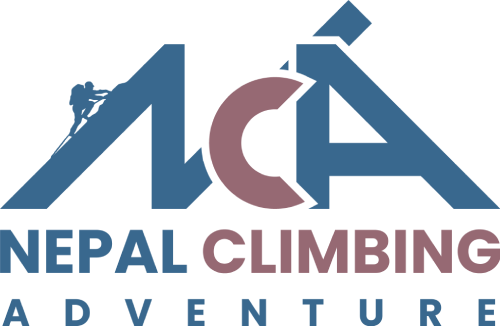
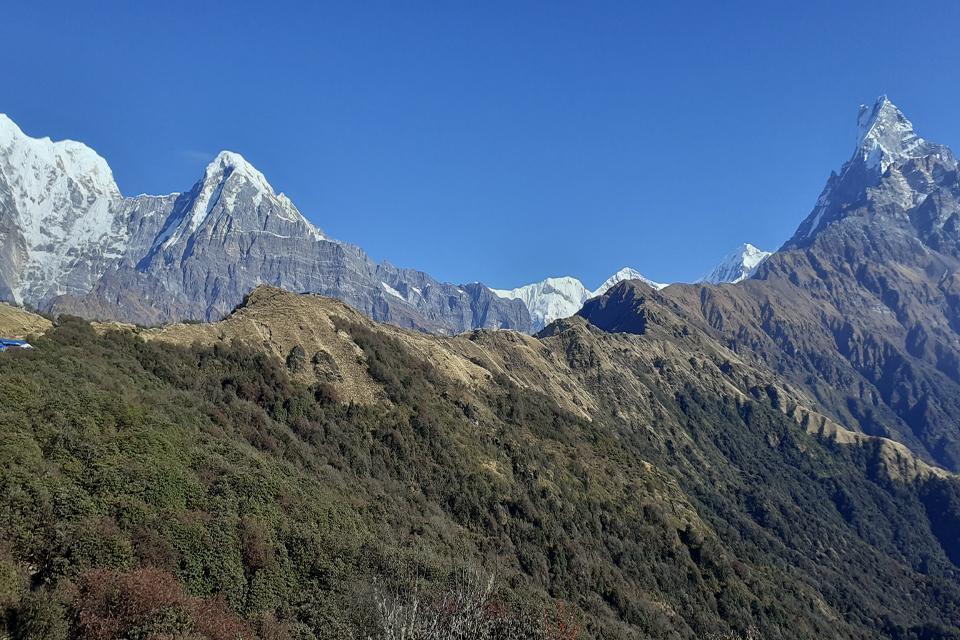
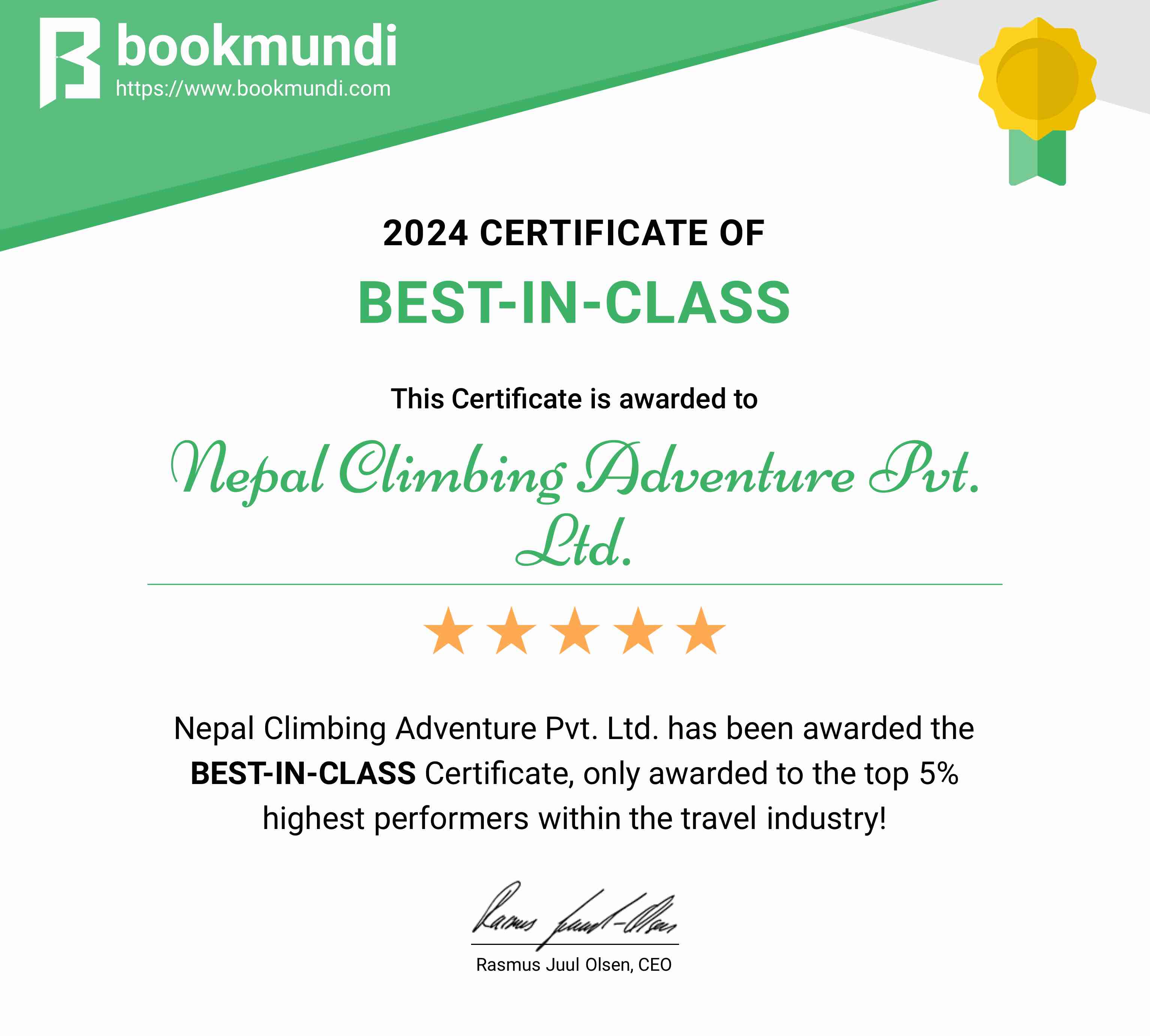
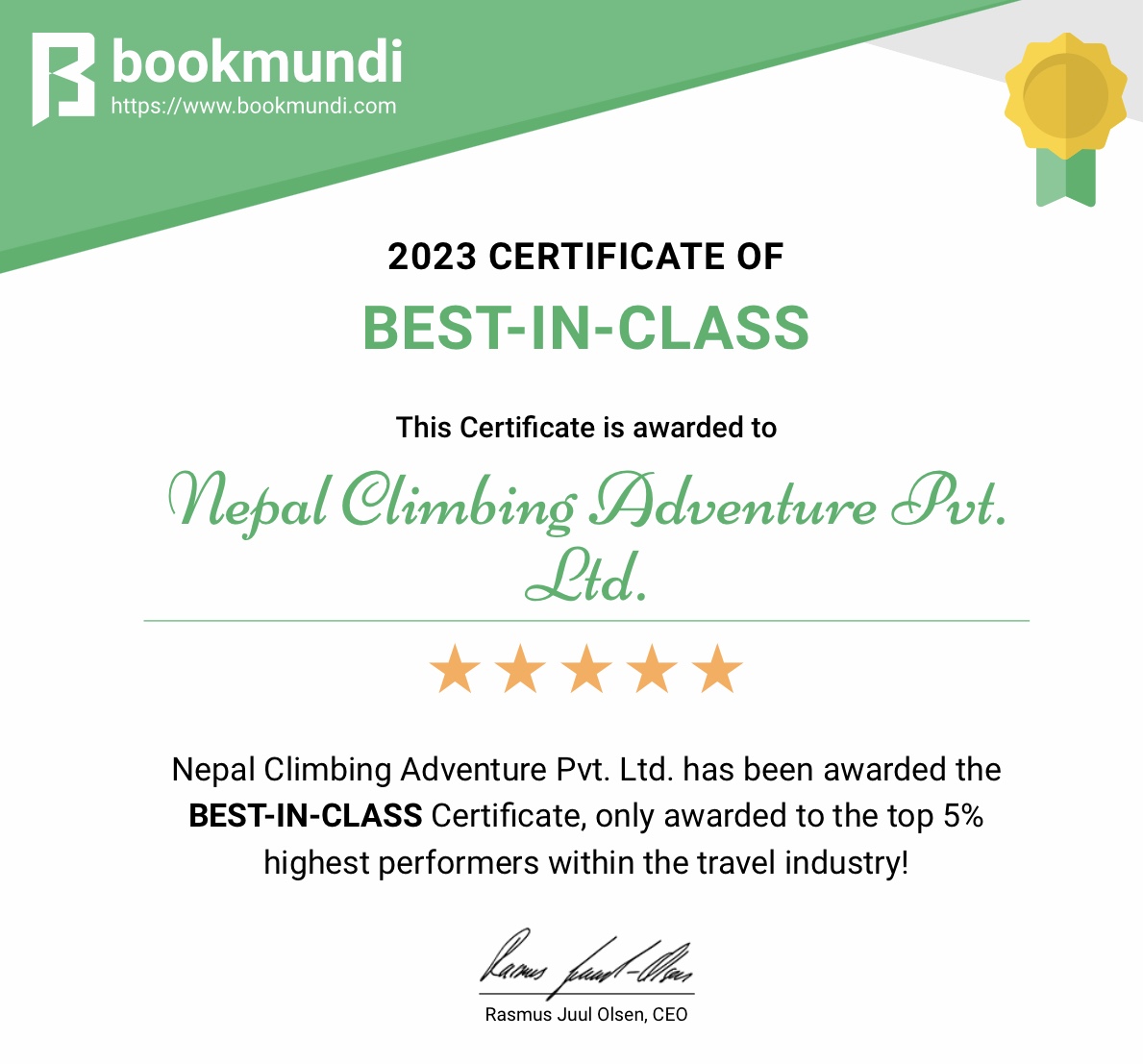
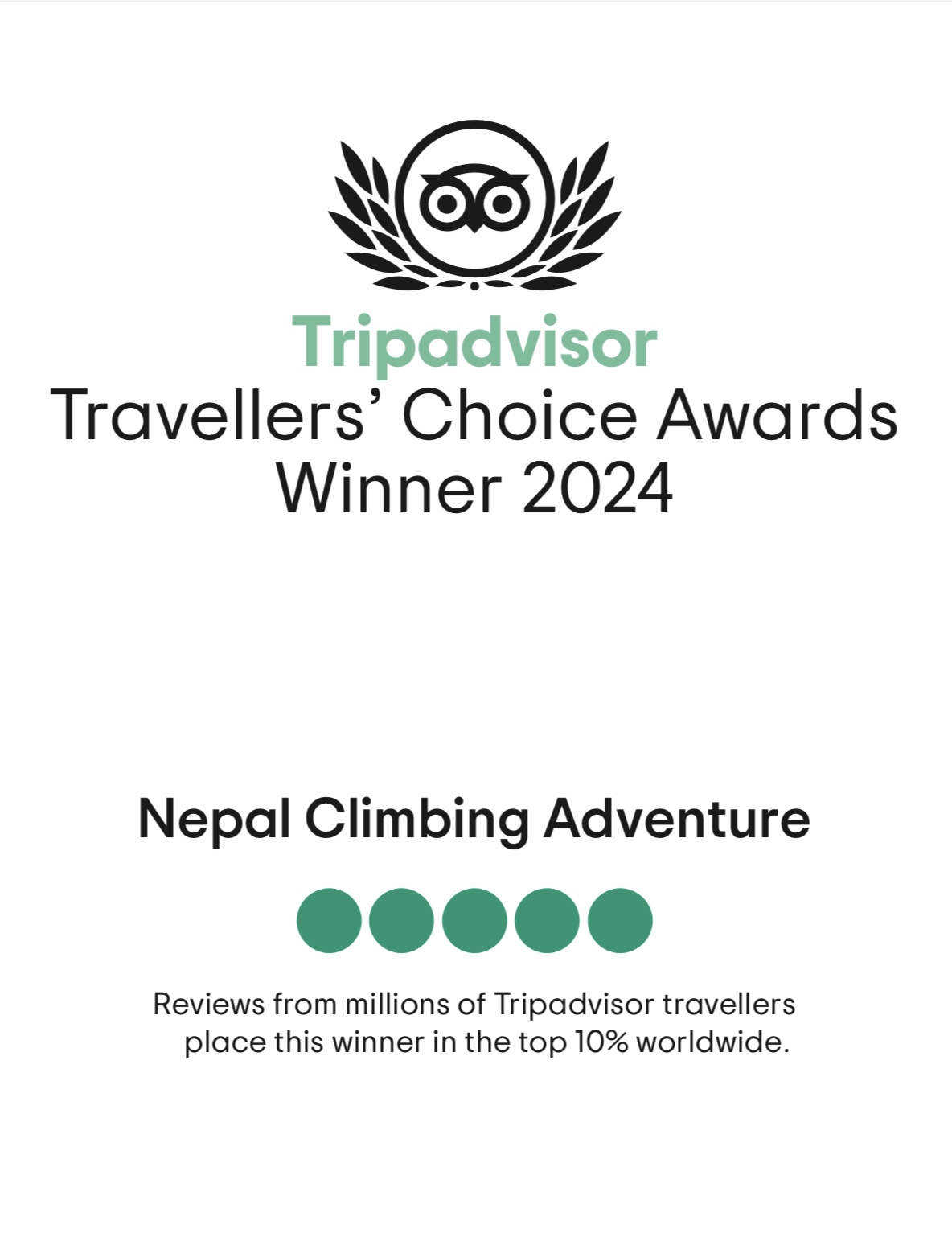
















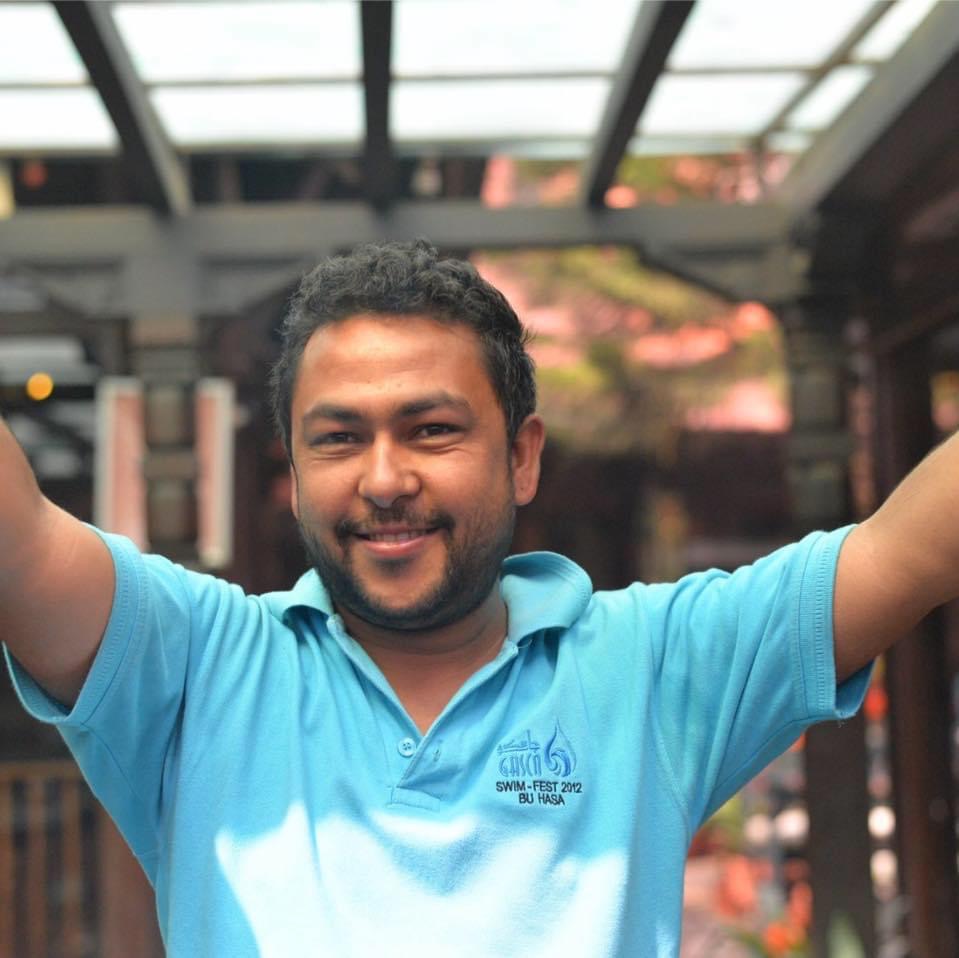 Chris Chhetri
Chris Chhetri